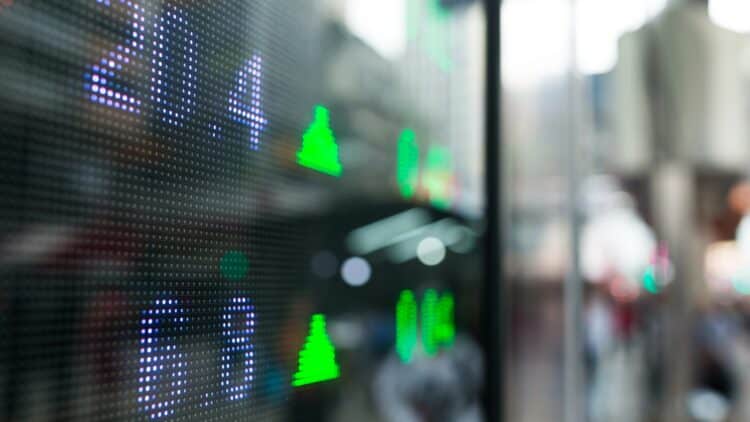The Iranian population has been living through difficult and worrying times when it comes to the country’s economy. Since 2018, when the United States abandoned the nuclear deal and imposed sanctions on Iran, the country has faced severe economic hardship. And the trend is that this already far-from-ideal situation will worsen even further. With the resumption of UN restrictions, the country faces new pressure that threatens to lead its economy to total collapse. With high inflation and rising unemployment, the future is uncertain for millions of Iranians.
Iran feels the weight of sanctions and the loss of traditional economic allies
The sanctions reimposed after the collapse of negotiations on the country’s nuclear and ballistic missile programs have had severe consequences for the Iranian economy. From an inflationary perspective, the local currency, the rial, has fallen to historic lows, around 1.1 million to the dollar, while food and fuel prices rise almost daily, increasingly damaging the population’s quality of life. The World Bank is already projecting a 1.7% contraction in GDP in 2025 and 2.8% in 2026, reversing optimistic growth forecasts.
The oil sector, which accounts for a quarter of total GDP, is in doubt. Although China is a major trading partner in purchasing some of Iran’s oil, Beijing may reduce imports to avoid friction with Washington, which would plunge Tehran into an even deeper crisis.
The government’s plan to respond to this crisis involves trying to strengthen the so-called “resilience economy,” focused on self-sufficiency and closer ties with Russia, China, and neighboring countries. But in practice, these partnerships have proven to be limited. With the banking system blocked, Iran has difficulty importing even the most basic goods.
Every day life becomes a challenge between inflation, unemployment and discouragement
While the government struggles to contain and reduce the internal damage caused by sanctions, the population feels the consequences firsthand. Young people and workers reflect on current conditions, and the outlook is one of despair about the future. Iran’s Generation Z, in particular, sees its opportunities disappear amid the crisis.
“My city used to be beautiful, but now it’s become lifeless. All my friends are leaving. I wish our worries about inflation and high prices would turn into concerns about whether to spend summer vacation in our own city or travel around Iran,” said Elnaz a young Gen Z Iranian.
Struggling to survive: how ordinary families endure Iran’s economic freefall
Even those who manage to maintain their jobs have struggled to pay their daily expenses and provide for their families. A civil servant in Tehran reported that his salary, equivalent to $300 a month, barely covers his family’s basic expenses. A factory worker in Shiraz stated that meat has become a luxury that “can only be afforded once a month.”
These reports reflect what’s happening in the country and reflect growing inequality. The government acknowledges internally that new protests are “inevitable,” recalling the demonstrations of 2017, 2019, and 2022.
Without diplomatic progress, Tehran isolates itself and risks a deep internal collapse
Politically, the country also has nowhere to turn. Nuclear negotiations with the West are showing no signs of progress, and, in parallel, recent Israeli attacks on Iranian facilities further heighten political tensions. Russia and China continue to offer diplomatic support to the country, but with uncertainty about the longevity of these partnerships.
Iran faces a dilemma that goes beyond international politics: how to sustain a nation of 92 million people with a meager economy and no strong allies willing to assist in a possible recovery. The deterioration in the population’s quality of life is evident through reports and protests. If the diplomatic impasse persists, the country could plunge into one of the deepest crises in its recent history.


